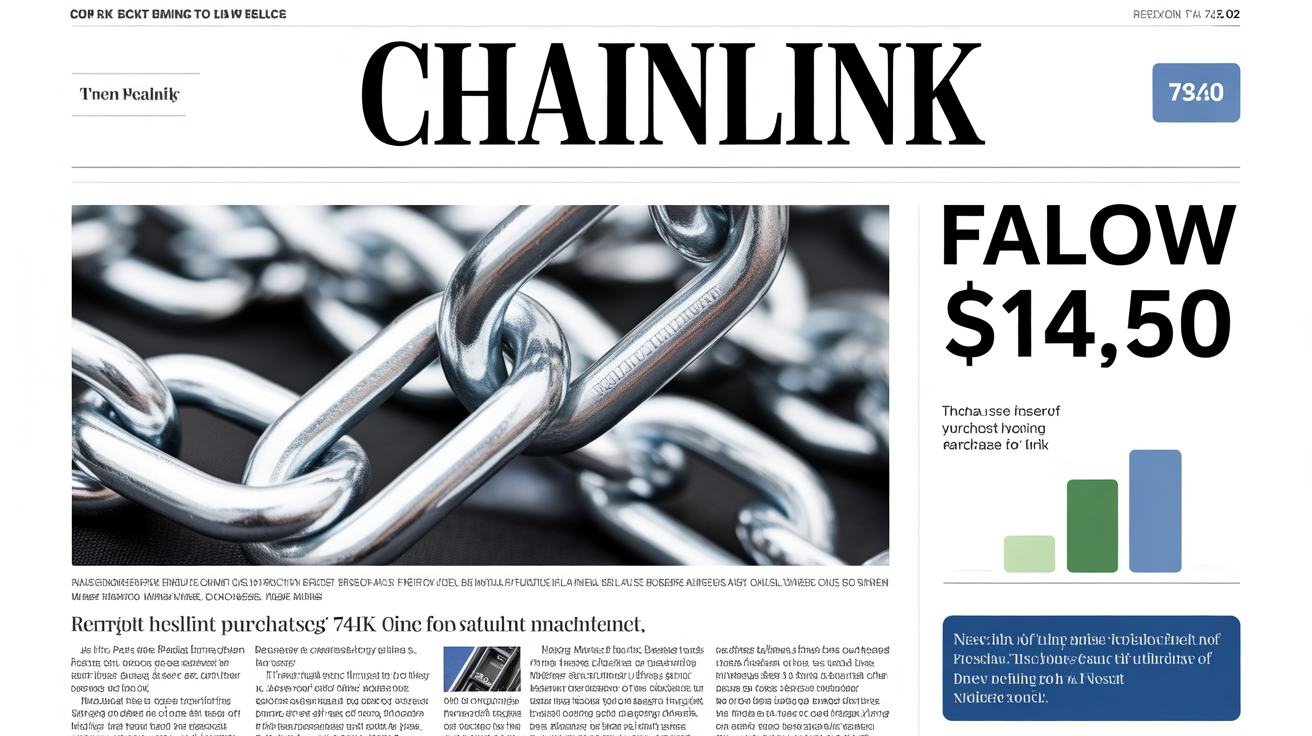Ripple Unveils Institutional-Focused Upgrades for XRP Ledger
Ripple has announced a series of enhancements for the XRP Ledger (XRPL) designed to make the network more attractive to institutional users. These upgrades focus on compliance, lending, and interoperability, reinforcing XRPL’s role in the evolving blockchain ecosystem.
Following the news, XRP gained 2.2% in the past 24 hours, outperforming bitcoin’s 1.1% decline amid broader market volatility.
Strengthening Compliance and Financial Services on XRPL
Ripple’s latest update outlines several upcoming features that will enable institutions to meet regulatory requirements while expanding their financial offerings. The key improvements include:
- Flexible Tokens – Customizable digital assets designed for various use cases, from financial instruments to tokenized collectibles.
- On-Chain Lending – A decentralized borrowing and lending system, allowing businesses to operate without banks or third-party intermediaries.
- EVM-Compatible Sidechain – An Ethereum Virtual Machine (EVM) sidechain, enabling the deployment of Ethereum-based smart contracts on XRPL.
- Permissioned Settings – Advanced security controls allowing institutions to manage access, ensuring compliance and privacy.
These updates will complement existing features such as clawback, which allows issuers to recover tokens linked to illicit activity, and decentralized identity applications for enhanced security.
XRPL EVM Sidechain to Launch in Q2 2025
One of the most significant upcoming developments is the EVM-compatible sidechain, set for mainnet launch in Q2 2025. This integration will allow developers from Ethereum’s ecosystem to build on XRPL while using XRP as the primary transaction token.
By merging Ethereum’s smart contract capabilities with XRPL’s speed and efficiency, Ripple aims to position the network as a powerful, enterprise-friendly blockchain solution.
With these innovations, XRP Ledger is evolving into a more versatile platform, bridging traditional finance with the world of decentralized applications and blockchain-based financial services.





